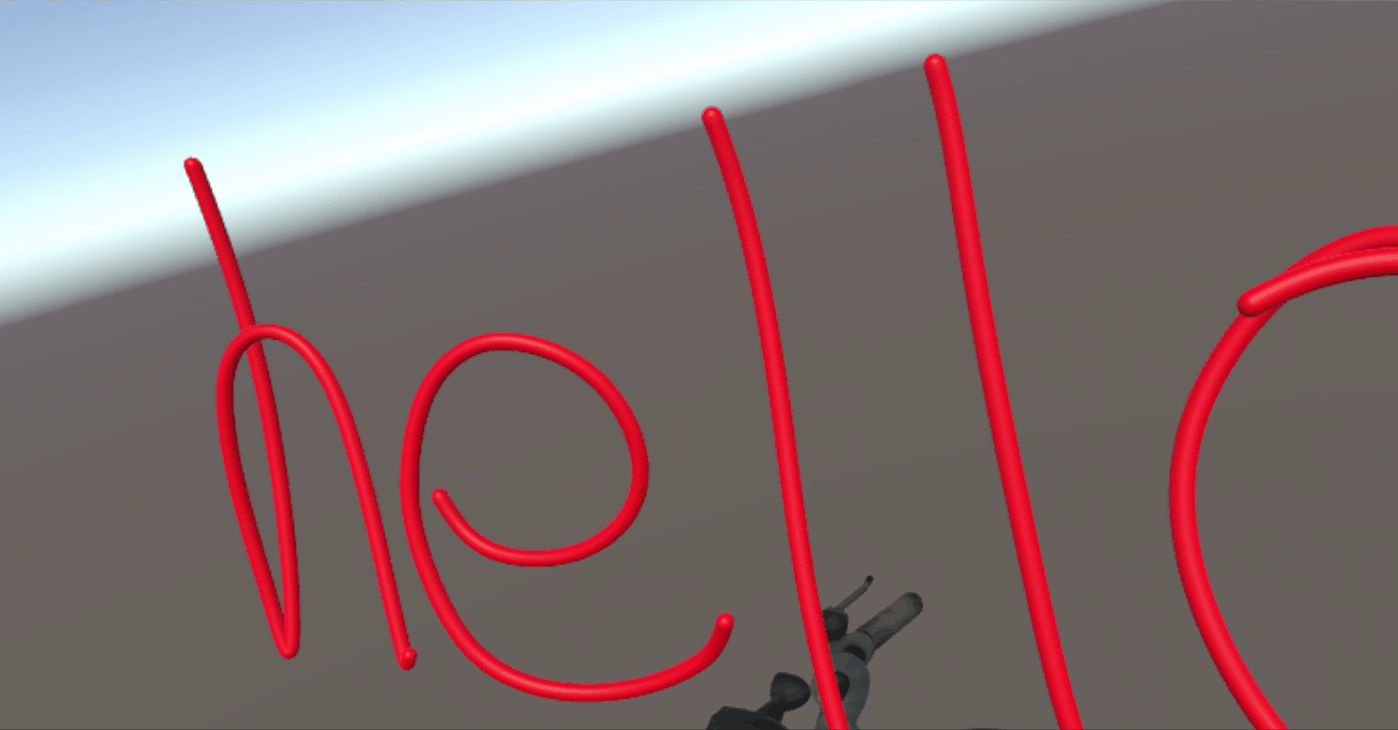
AnnoteVR
Technologies:
Design:
Summary
AnnoteVR was created during the Wacom Inkathon, a weekend-long competition that challenged participants to develop innovative solutions using digital ink technology. Our project won in two categories: Best Use of AR/VR and Best Use of Microsoft's Ink Recognition API.
AnnoteVR is an innovative annotation tool that enables users to seamlessly integrate digital ink into a 3D environment. As the project's designer, I developed the assets, logo, powerpoint presentation, and provided valuable insights into usability and user experience.
The Problems

When using the controllers to write in 3D space, users must view annotations from the same perspective as they were written.

Frequently removing the headset to type notes on a computer can disrupt immersion, while also proving to be time-consuming and frustrating.

Typing on current virtual reality keyboards that require pressing one key at a time can be frustratingly slow.
Use Case & Demo Video
During our presentation, we showcased an innovative use case where a mechanic could teach an online course on vintage motorcycles. Given the rarity and high cost of vintage parts, we proposed a 3D-modeled online classroom as the most economical and accessible solution.
Our prototype, which you can view below, demonstrates how this innovative approach can revolutionize the way people learn about and interact with vintage motorcycles in an immersive online environment.
Usability
Despite the transparent label that allowed us to write in 3D space, we faced difficulties in maintaining legible handwriting while writing at a fast pace. To address this, we devised a solution where we projected the 3D text onto a 2D label, ran it through the Microsoft text recognition API, and obtained plain, typed text.